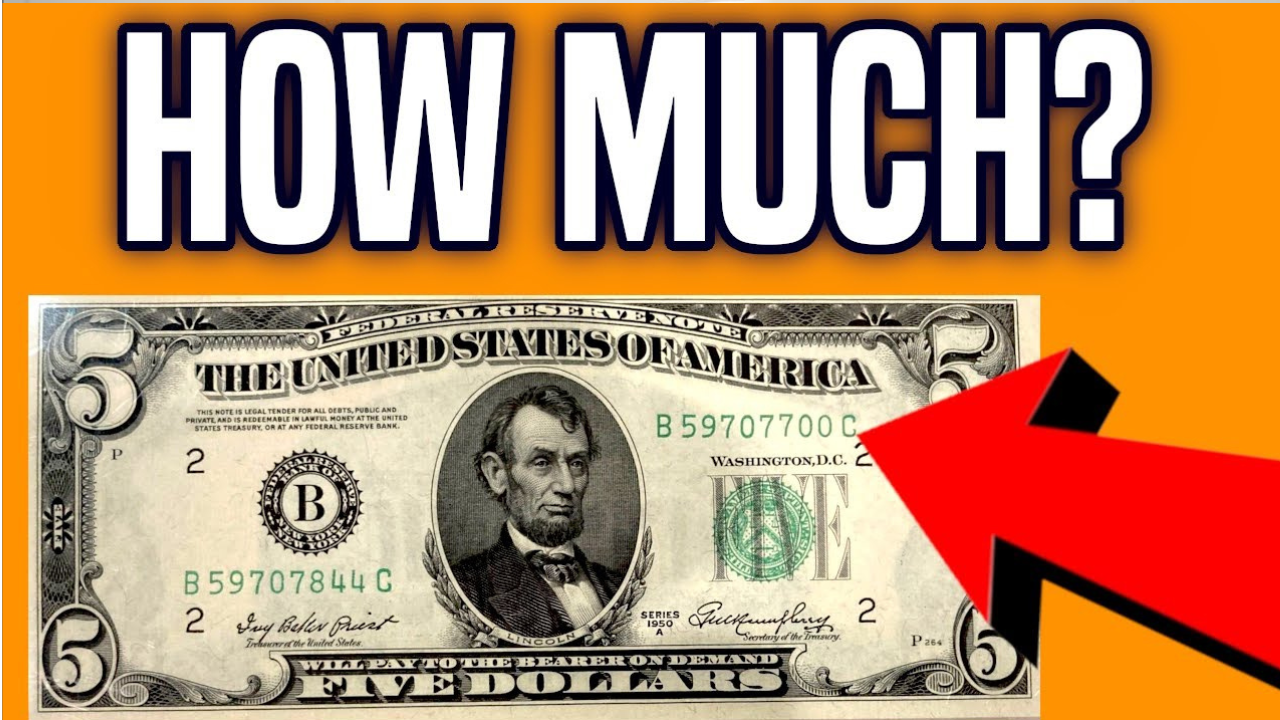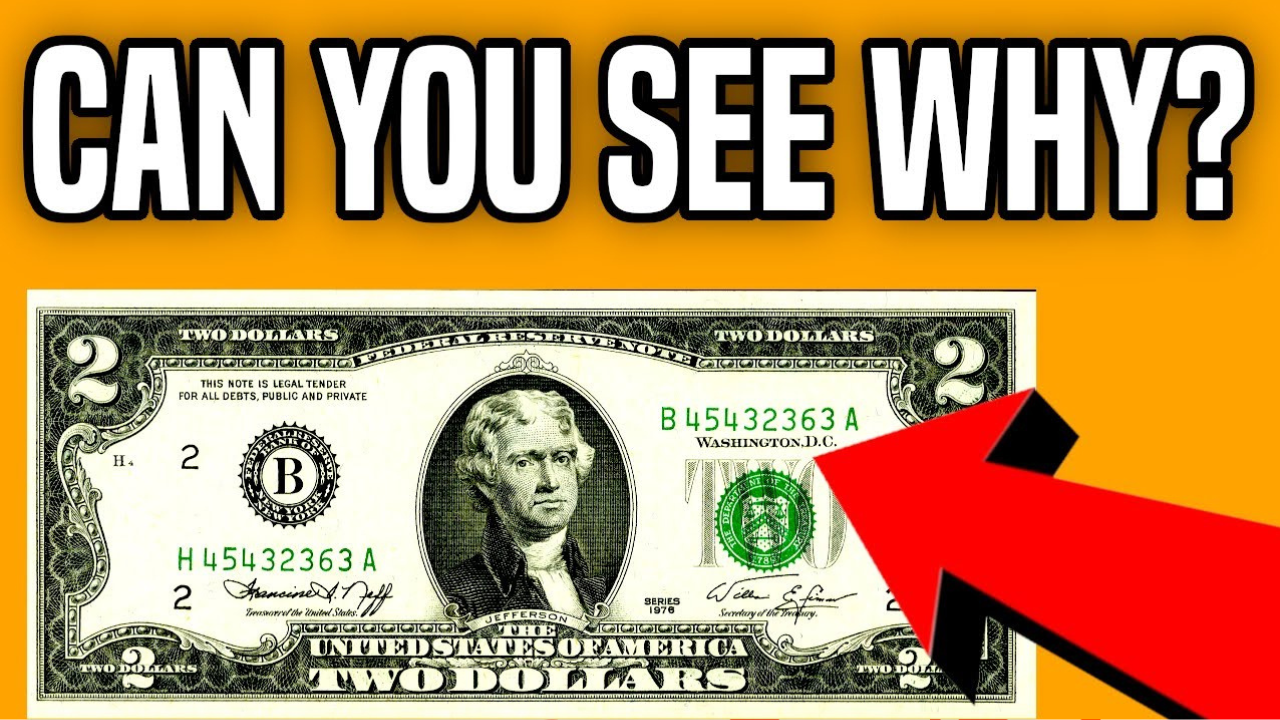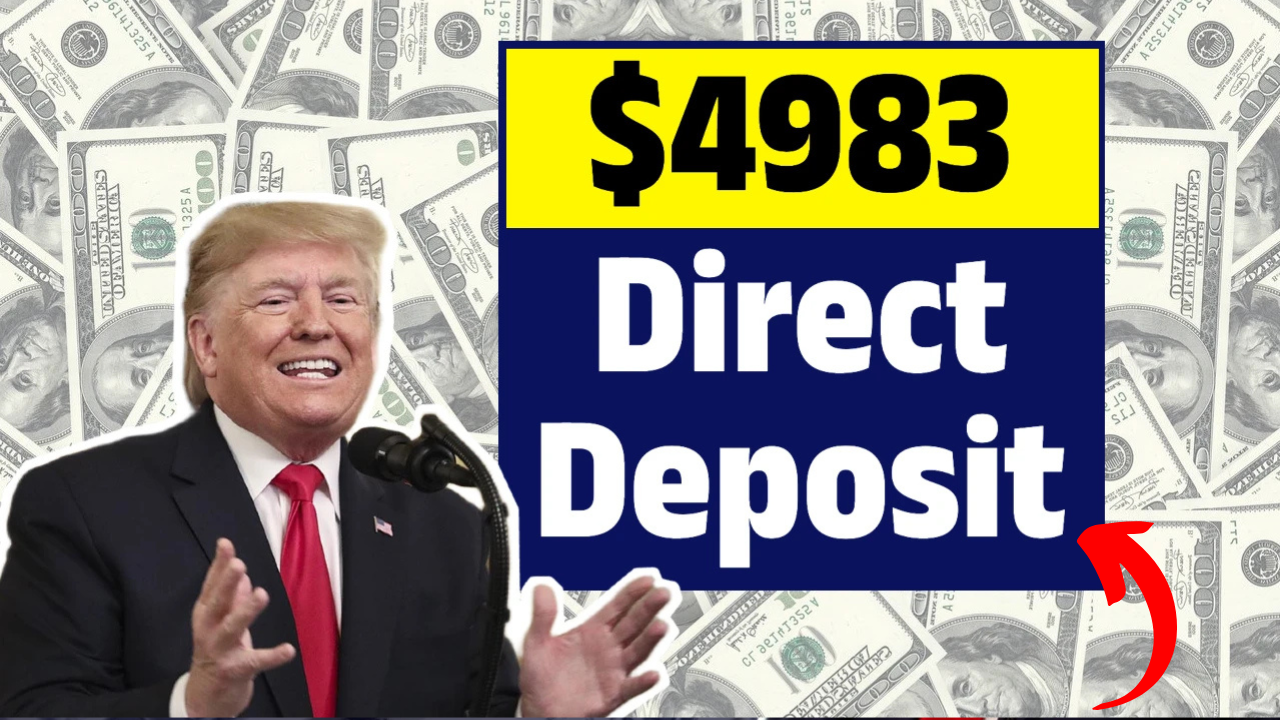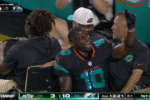1995 $5 Bill:Every so often, ordinary cash in circulation turns out to be worth much more than its face value. For collectors, even small printing errors can make a bill extremely valuable. One of the most sought-after errors in U.S. currency is the 1995 $5 bill with an upside-down seal. This intriguing anomaly has collectors and everyday cash holders alike checking their wallets more carefully than ever.
If you’ve ever wondered whether the $5 bill in your pocket could be a hidden treasure, here’s everything you need to know.
What is an upside-down seal?
The seal on a U.S. banknote is the official symbol of the issuing authority—usually the Federal Reserve. On most notes, this seal is printed in perfect alignment with the rest of the design.
An upside-down seal error occurs when the seal is printed in the opposite direction to the rest of the note. For example, on the 1995 $5 note, the Treasury seal or Federal Reserve seal appears rotated 180 degrees, creating a clear visual mismatch.
Such errors are rare because the printing process is highly controlled and closely monitored. Such misprints are usually caused by misalignment of the printing plate during production.
Why the 1995 $5 Bill Is Special
While bill errors exist in every series, the 1995 $5 bill upside-down seal is particularly prized for several reasons:
-
Scarcity – Only a small batch of bills was misprinted, making them rare in circulation.
-
Age – Bills from 1995 are old enough to have been handled, worn, and even lost, so finding one in good condition is increasingly uncommon.
-
Collector Demand – Currency collectors actively seek unusual errors, and the upside-down seal is considered one of the more visually striking mistakes.
For these reasons, a single 1995 $5 bill with this misprint can fetch a price far exceeding its $5 face value, depending on condition and provenance.
How to Identify a 1995 $5 Bill With an Upside-Down Seal
Identifying this rare error is surprisingly simple once you know what to look for:
-
Locate the Seal – On a 1995 $5 bill, the seal is typically on the right-hand side of the bill.
-
Check the Orientation – Compare the seal to the portrait of Abraham Lincoln. On an upside-down seal bill, the seal is rotated 180 degrees compared to Lincoln’s portrait.
-
Inspect for Clarity – The rest of the bill’s printing remains normal. Only the seal is misaligned, making it immediately noticeable.
-
Check Series and Date – Ensure the bill is a 1995 series, as this specific misprint is tied to that printing batch.
Even small variations in the printing process can significantly affect the bill’s collector value, so careful inspection is important.
How Much Could It Be Worth?
The value of a 1995 $5 bill with an upside-down seal depends on several factors:
-
Condition – Crisp, uncirculated bills fetch far higher prices than worn or folded ones.
-
Market Demand – Rare currency auctions and collector markets fluctuate, meaning prices can vary over time.
-
Authenticity – Bills verified as genuine by currency experts or grading services typically command higher value.
In some cases, collectors have paid hundreds or even thousands of dollars for a single misprinted bill in excellent condition.
Tips for Collectors
If you think you’ve found a 1995 $5 bill with an upside-down seal, follow these tips:
-
Handle Carefully – Avoid folding or damaging the bill, as condition dramatically affects value.
-
Verify Authenticity – Use a trusted currency grading service or consult a reputable dealer to confirm it’s genuine.
-
Keep it Safe – Store in a protective sleeve or a safe place until you decide whether to sell or keep it.
-
Research Prices – Check recent sales and auctions to understand current market value before making decisions.
Final Thoughts
The 1995 $5 note with its reverse seal is a perfect example of how even everyday items can hold hidden value. What seems like an ordinary note can become a collector’s dream, worth far more than its face value.
Whether you’re a serious collector or simply curious, it’s important to examine the notes in your wallet—you never know when history and rarity might be hiding right in plain sight.
Disclaimer
This article is for informational purposes only. The value of collectible currency varies depending on its condition, authenticity, and market demand. Always consult a licensed currency dealer or professional appraiser before buying, selling, or claiming the value of rare currency.






